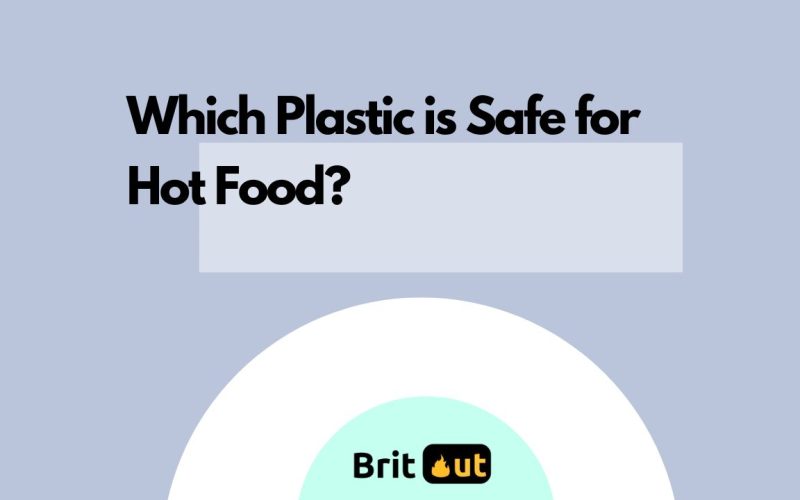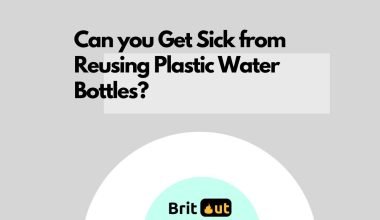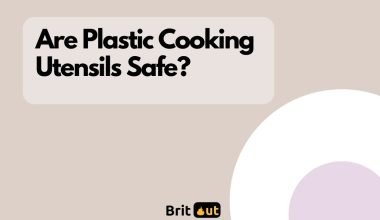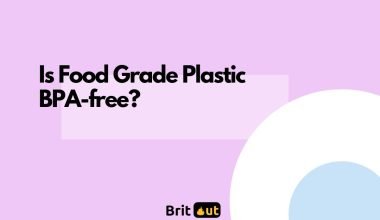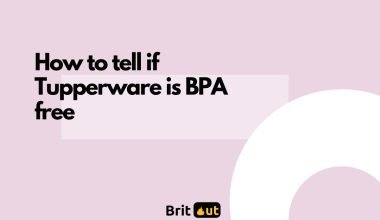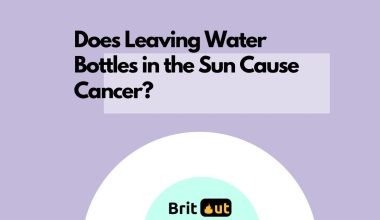It’s a hot summer day and you’re packing a picnic, or maybe it’s a chilly winter evening and you’re prepping for a cozy dinner. In either case, your go-to storage solution is probably plastic.
Convenient, cheap, and versatile, it’s often the first choice for many. But when it comes to holding hot food, not all plastics are created equal. In this article, we will delve into the types of plastics that are safe for hot food, so you can make informed decisions that are good for both your health and the environment.
Which Plastic Is Safe for Hot Food?
When it comes to the question, “Which plastic is safe for hot food?” you might think the answer is simple. After all, if a plastic container is microwave-safe, then it must be safe for hot food, right? Well, the truth is, it’s a bit more complex than that.
You see, not all plastics are created equal. There’s a wide range of plastics out there, each with its own unique properties.
The seven most common types are usually identified by a number inside a triangle on the product. Have you ever noticed that? These are resin identification codes, ranging from 1 to 7.

Plastics labeled with the numbers 2, 4, and 5 are typically regarded as safe for hot food.
Number 2 represents high-density polyethylene (HDPE), number 4 stands for low-density polyethylene (LDPE), and number 5 is for polypropylene (PP). These plastics are usually strong, durable, and resistant to heat, which makes them a popular choice for food storage containers.
But here’s where it gets interesting. You know those microwave-safe containers we talked about earlier?
They are often made from plastic number 5, polypropylene. But “microwave-safe” doesn’t necessarily mean it’s the best choice for all hot food situations.
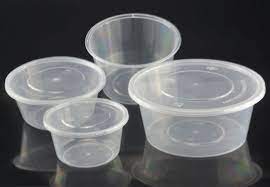
It’s safe in the microwave because it can withstand the heat without melting, but that doesn’t mean it won’t release chemicals when heated. However, it’s worth noting that according to the FDA, the small amounts of chemicals that may leach out are not dangerous to our health.
Then there are plastics numbered 1, 3, 6, and 7. These are generally best avoided for hot food. They’re more prone to releasing chemicals when exposed to heat, and some, like number 3 (PVC), can even release toxins.
Want to easily tell between the 7 types of plastics? Here’s a video we recommend
What are the Risks of Unsafe Plastics?
So, we’ve talked about the plastics that are generally considered safe for hot food. But what about the others?
Those numbered 1, 3, 6, and 7 on the plastic resin identification code. What happens if we use them with our piping hot leftovers? Well, buckle up, folks, because it’s time to take a ride on the wilder side of plastics.
Plastic #1, also known as PET or PETE (polyethylene terephthalate), is most commonly found in things like water bottles and food packaging. While it’s great for cold storage, when heated, PET can potentially release antimony, a metalloid that is considered a possible human carcinogen. Not exactly what you want mixed with your grandmother’s secret spaghetti recipe, right?
Then, we’ve got the infamous plastic #3, PVC (polyvinyl chloride). Now, PVC is notorious for a reason. When heated, it can release toxins such as phthalates, which have been linked to a host of health issues, including hormone disruption. Not so great for a cozy family dinner.
Next up is plastic #6, or polystyrene, also known as Styrofoam. Ever had a hot coffee in a Styrofoam cup? Then you might have ingested styrene, a chemical that can leach out of heated polystyrene and has been linked to potential nervous system effects and other health problems.
Lastly, we have plastic #7, which is a bit of a mixed bag. It’s a catch-all category for other plastics, including those that contain BPA (bisphenol-A). BPA has been linked to hormone disruption and other health concerns.
Final thoughts
So, which plastic is safe for hot food? We’ve discovered that plastics #2, #4, and #5 are the best choices, while plastics #1, #3, #6, and #7 are best avoided for hot food situations. But remember, the safest option of all might just be to reduce our reliance on plastics altogether. After all, nothing tastes better than a meal served with a side of peace of mind.
